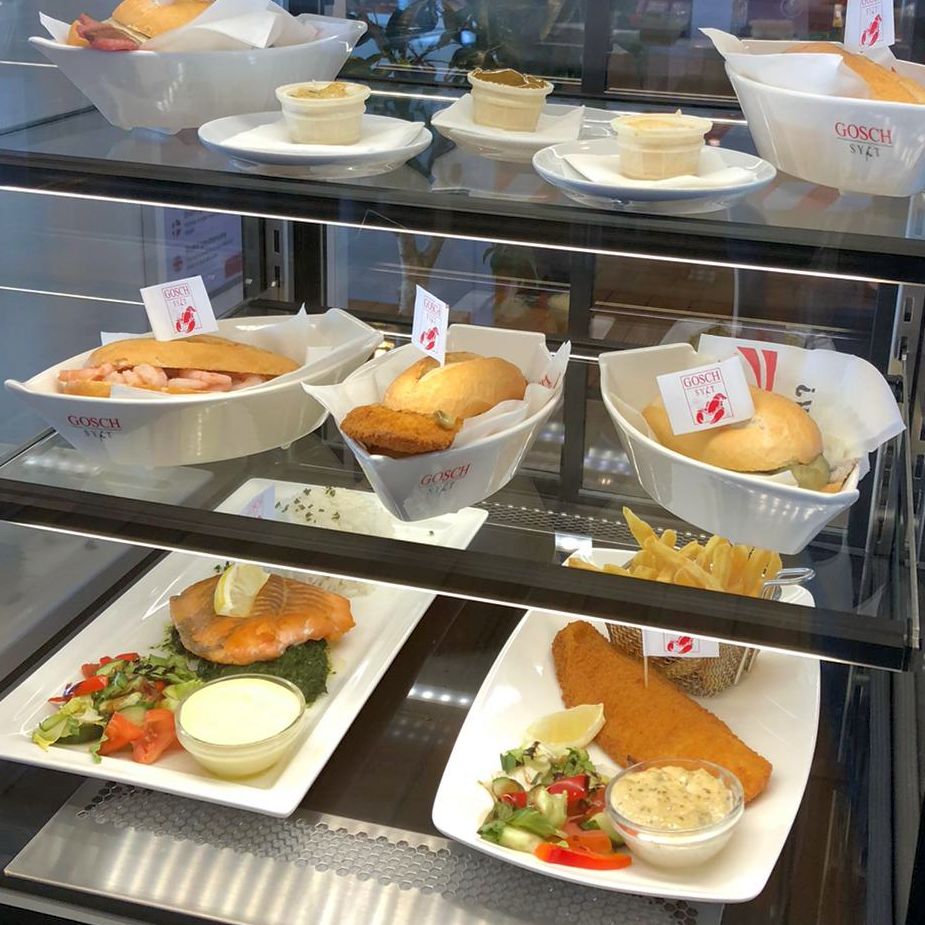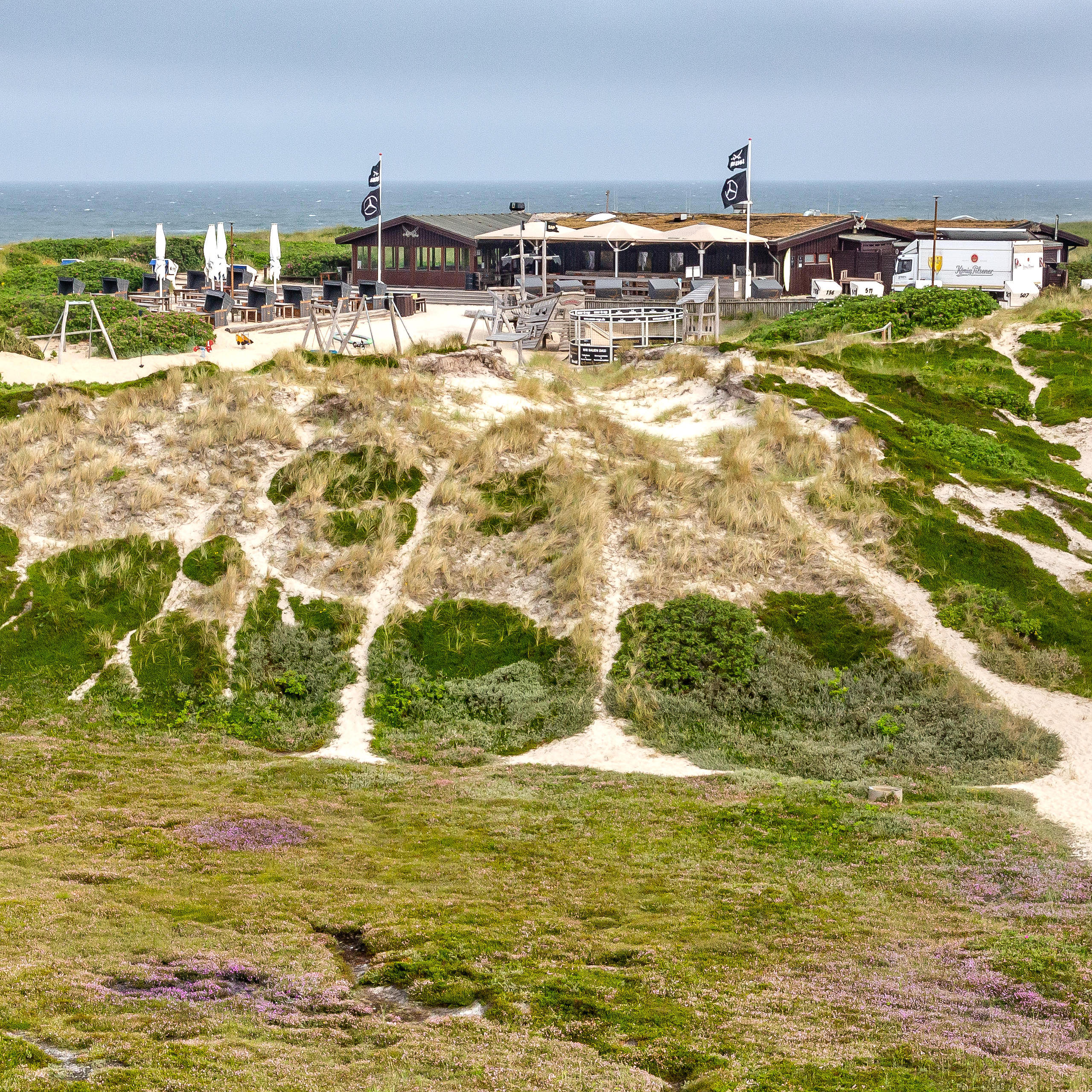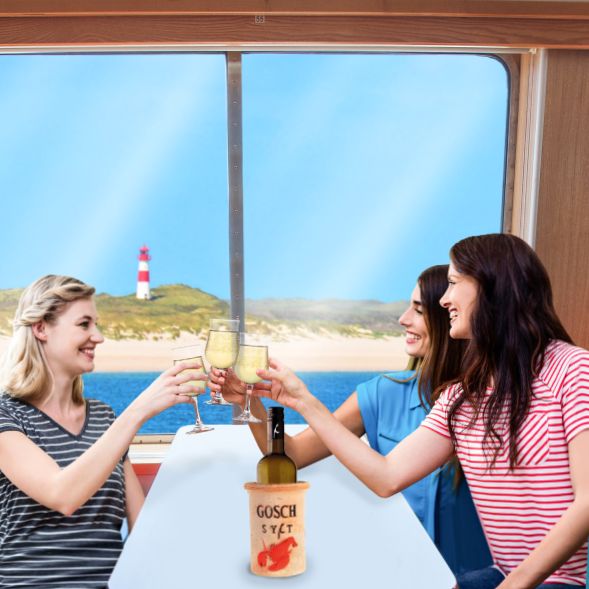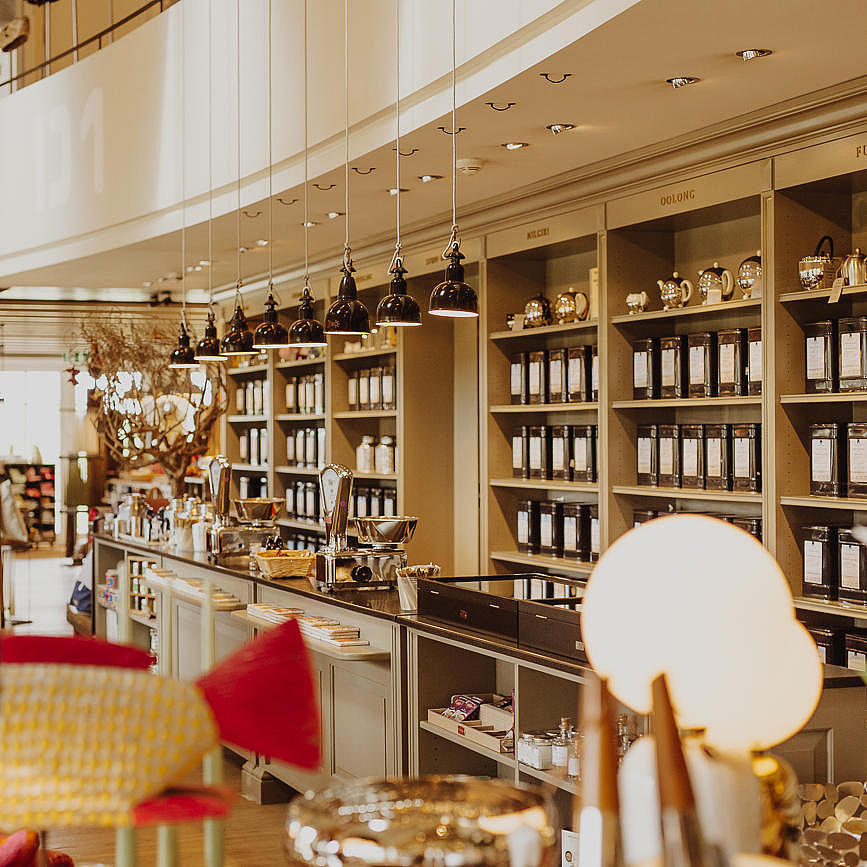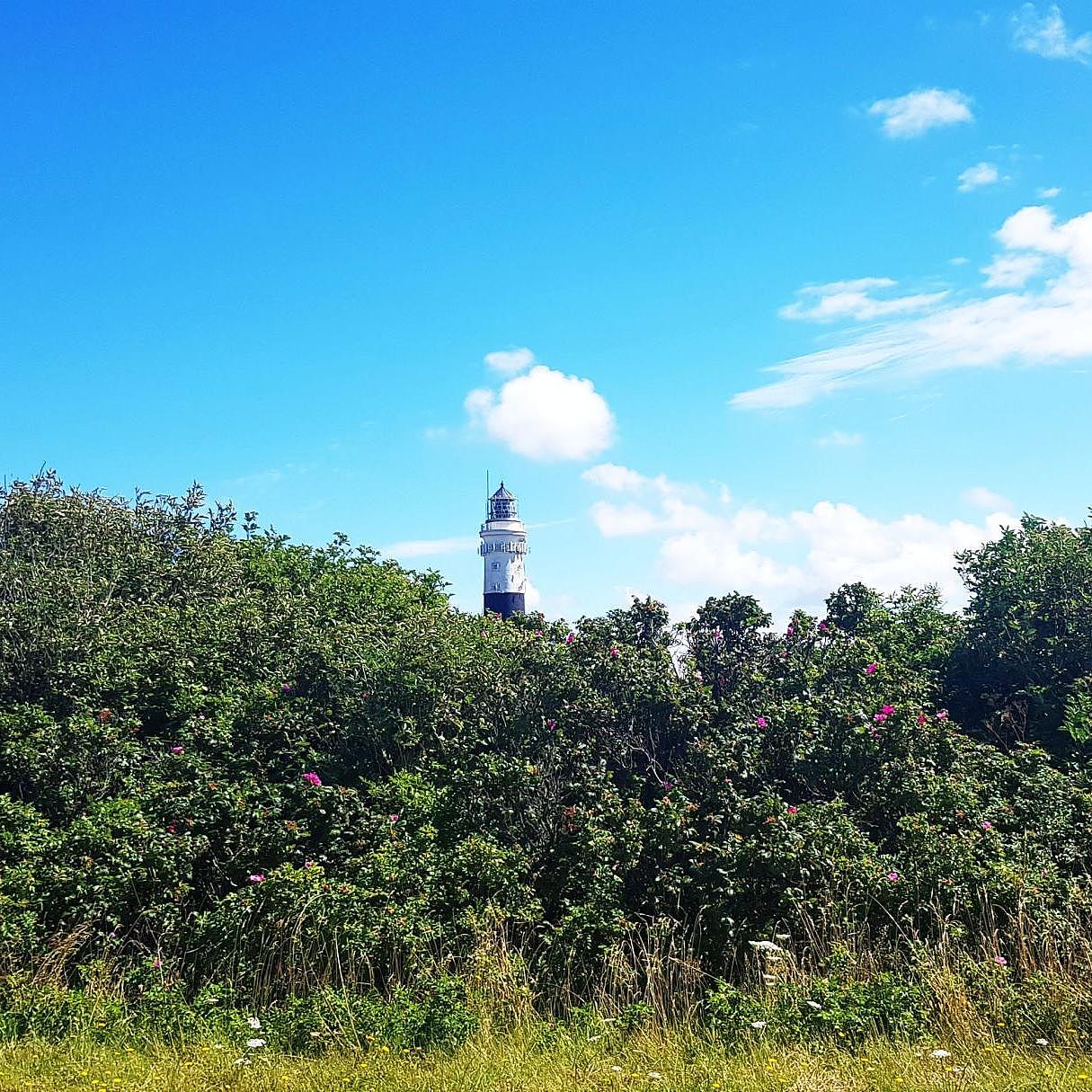Sylt is an Eldorado for gourmets. From oyster to sugar - on Sylt not only fish lovers get their money's worth. In the cooking pots of the Frisian island are, in addition to tasty classics, always new surprises. Our 7 delicious tips are guaranteed to whet your appetite on Sylt.
1. Fish roll
Fish rolls are not only available on Sylt. But many are convinced, nowhere they taste better than on the northernmost island of Germany. If each tourist during its stay on Sylt would supply itself also only with two fish rolls, then per year on the average about 2 million fish rolls wandered over Sylts fresh counters into the mouths of the visitors. There must be a special reason for the great popularity. Fish is not only healthy, but on Sylt it is also mostly fresh from the ship. In addition, a wide selection ensures delicious variety: mackerel, herring, eel, striped salmon or shrimp and a roll become a culinary treat without much frills. Popular places for fish roll fans are, for example, Fisch Matthiesen in Hörnum, Fisch Blum in Tinnum or the Hafenkiosk 24 in Rantum. An absolute must for every fish lover, however, is a fish roll from the island legend GOSCH. The company was founded on Sylt in 1967. Meanwhile it stands nationwide for finest fish kitchen. From List to Westerland, you can fish for your personal favorite fish roll in 11 branches on Sylt alone. Those who travel with the FRS Sylt ferry "RömöExpress" or "SyltExpress" can already get in the perfect mood for the "Sylt experience" during the crossing with a delicious GOSCH fish roll and other culinary delights. Ahoy Sylt!
